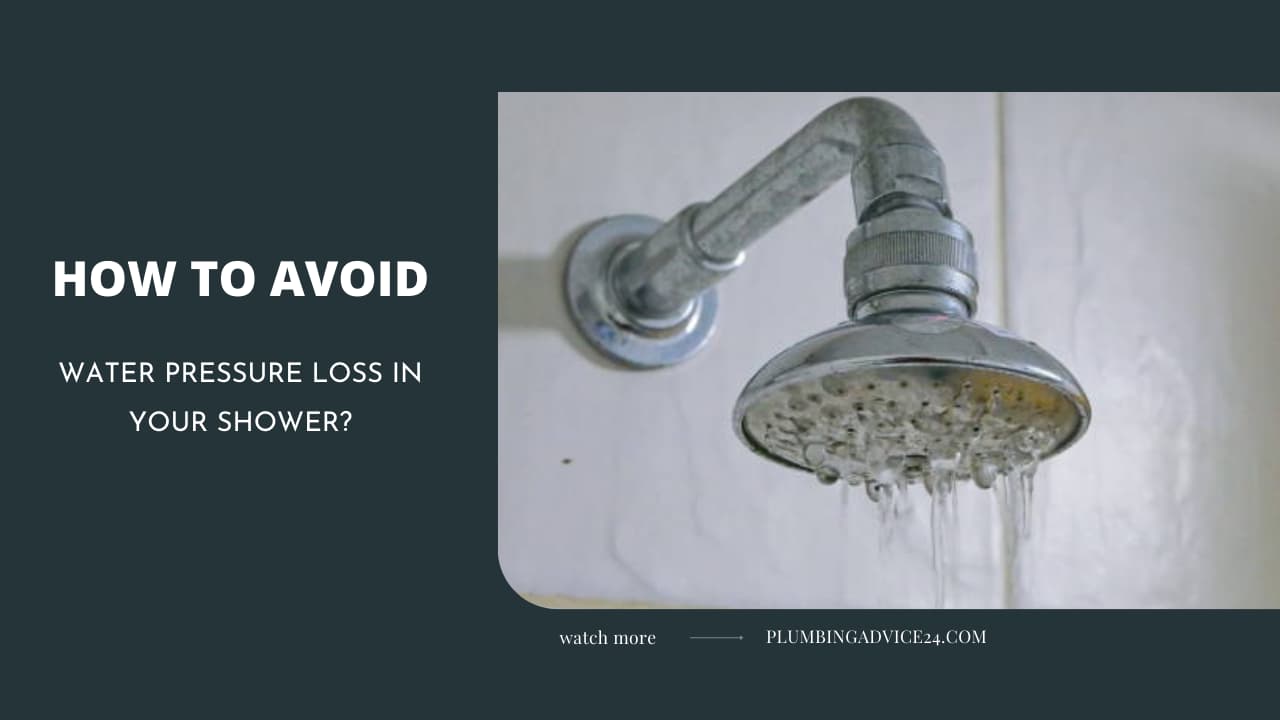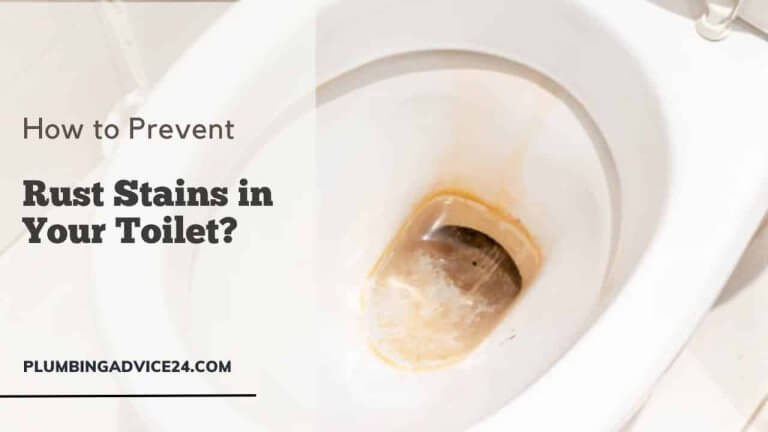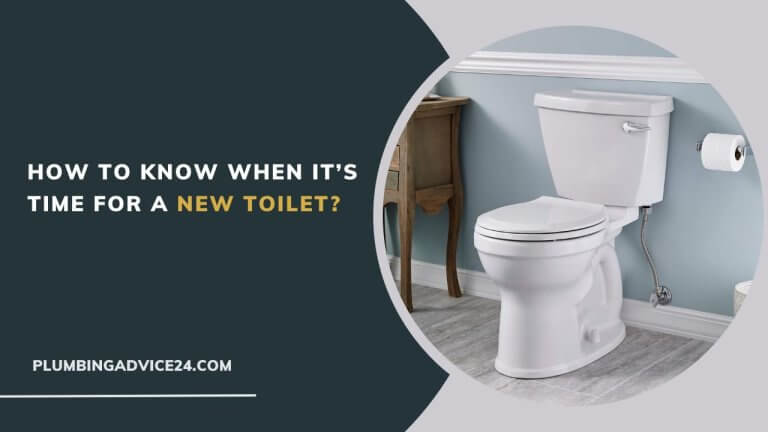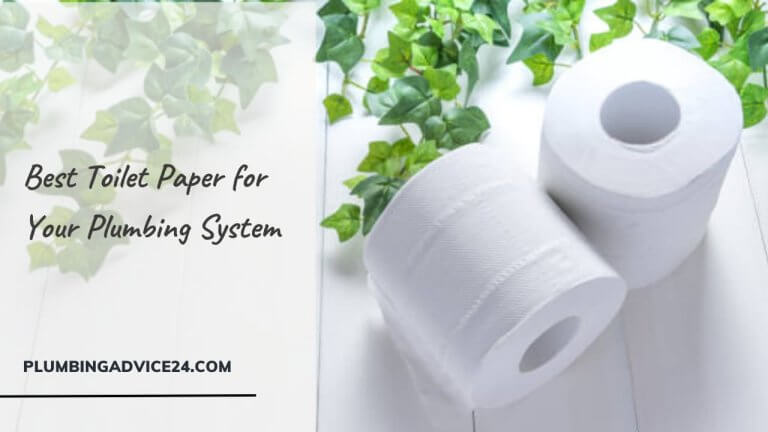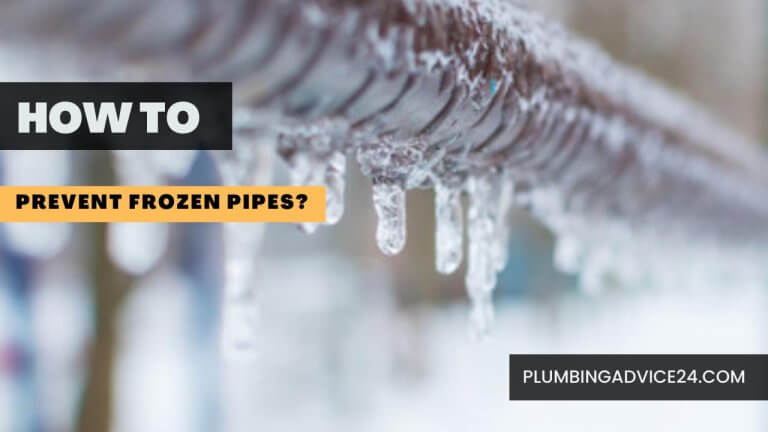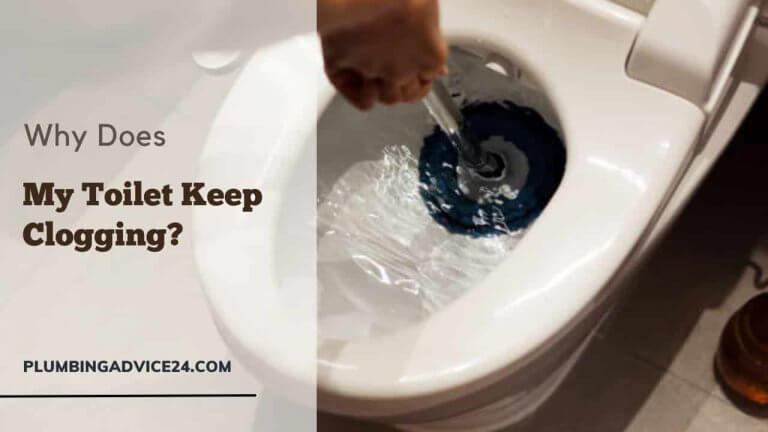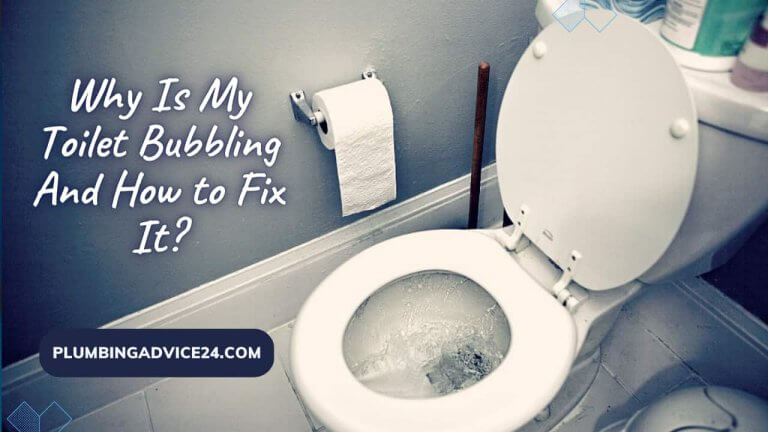How to Avoid Water Pressure Loss in Your Shower
Low water pressure in the shower is inconvenient and wastes time. If it takes forever to rinse out their shampoo and soap, some people think they need a thorough cleaning. Low water pressure will make your shower boring and uncomfortable. This article will provide information on how to avoid loss of water pressure in your shower.
Check Your Showerhead.
The first thing you should check is the shower head. Over time, mineral layers may get trapped in the showerhead’s small openings, reducing the amount of water that may discharge from the device.
You need to mix vinegar and water to clean your showerhead. Make a knot in the plastic bag to fully submerge the showerhead in the liquid after pouring the solution. After removing the bag and soaking it for a few hours, you may clean the showerhead while it is still connected to the shower by pouring water through it.
Consider replacing the showerhead if cleaning it does not fix the problem. The best showerhead is one with high pressure since it boosts both water flow and pressure. The water pressure from a high-pressure tap is higher because the water hole is smaller.
Check Your Pipes.
If nothing is blocking the toilet, the pipes in your house might be the source of the issue. Old pipes may have trouble transporting water due to corrosion or mineral buildup. If this happens, you may need to modify your lines. By hiring a qualified plumber, you can get expert advice on whether to install new pipes.
If you are not prepared to replace your pipes, try descaling them first. Instead of replacing the pipes, you might do this! Chemicals called descaling solutions may be used to clean pipes of mineral buildup. If you don’t use some descalers properly, you risk damaging your pipes, so read and abide by the instructions carefully.
Install Pressure-Boosting.
You could also prevent water pressure loss by installing a pressure-boosting device in your shower. Installing such a system can increase the flow and pressure of the water. Only two pressure-increasing devices accessible are electric pumps and manual boosts.
Although manual boosters are more labor-intensive than electric pumps, they are less costly. Pumps that use electricity operate more effectively.
Consult a qualified plumber if you want your home’s water pressure to be boosted. The plumber may propose a system that will meet your needs in addition to installing the system for you.
Check Your Water Heater.
Your shower may have low water pressure if your water heater isn’t working properly. Check the dial to adjust the water heater to the proper temperature. The pressure may drop if the water is maintained at a too-low temperature. It’s also possible that obstructions within your water heater are to fault for the problem. If so, you need to clean it.
If your water heater is old, you could want to update it with one which consumes much less energy. Modern water heaters are designed with energy and water conservation in mind, which might lower your monthly utility expenses.
Fix Valves.
Your shower’s water pressure may be low due to leaky pipes. Keep an eye fixed out for leaky faucets, pipes, and valves. If possible, a hole should be mended as soon as it is found. Even a little leak may cause a substantial volume of water to be lost over time, drastically lowering water pressure.
A pipe or valve may need to be replaced or repaired to stop a leak. You may always hire a professional plumber if you need help with your plumbing abilities.
Consider Water Supply.
The water supply might cause low pressure in the shower at your house. Water pressure may be low if your home is on a hill or at the end of a plumbing line. If so, you should talk to your neighborhood water company about increasing your water pressure. A booster pump may be placed in your home to raise the water pressure.
Install New Plumbing System.
If your plumbing is old and in need of regular repair, you should replace it. If you update your plumbing, you will increase the water pressure in the shower. Purchase new, bigger lines that will last longer and resist corrosion better. This might increase water flow and lessen the chance of blockages and leaks.
If your property was built before the 1970s, copper pipes could be to fault for the low water pressure there. Galvanized pipes that have rusted over time have less water pressure and flow. If having more powerful water pressure and flow rates is important, you can switch to more modern materials like copper or plastic.
Always Clean Your Shower.
Cleaning the shower is another easy way to preserve water pressure. A buildup of soap scum, hair, and other material in the shower drain may cause decreased water pressure. A drain cleaner or snake is necessary to keep the shower clean and avoid obstructions in the washbasin. This could result in fewer chances for chaos to develop.
Don’t Let Your Water Supply Run Out.
If the water line becomes obstructed, the water pressure in the shower may drop. If you run the dishwasher and washer simultaneously, the water pressure in your shower can be lower than usual. Water intake must be spread throughout the day to prevent overtaxing the system and reducing water pressure.
Conclusion:-
A shower with low water pressure may be uncomfortable and unproductive. However, if you are ready and have the right equipment, you may shower without worrying about the water pressure dropping. By looking at the showerhead, pipes, and water heater, you can identify and address the cause of low water pressure.
A great way to save water and energy is to keep the water pressure low. This must be explained in the simplest words possible. You can protect the environment and halt the depletion of limited resources by taking shorter showers that consume less water. Installing low-flow showerheads allows people to conserve water and money without compromising shower pressure.
How Do I Increase the Water Pressure in My Shower?
water pressure loss in your shower will make your shower boring and uncomfortable. You should take the following steps to increase the water pressure in your shower:
- Check Your Showerhead.
- Check Your Pipes.
- Install Pressure-Boosting.
- Check Your Water Heater.
- Fix Valves.
- Consider Water Supply.
- Install New Plumbing System.
- Always Clean Your Shower.
- Don’t Let Your Water Supply Run Out.
How Can I Make My Water Pressure Stronger?
A quick and easy way to increase water pressure is to adjust a regulator, which is located in your home, usually near your water meter. If your readings are low, make slight adjustments to your regulator.
How Many Liters Per Minute for a Good Shower?
A good shower experience can vary depending on personal preference, but the usual recommendation for a comfortable shower session is around 9 to 12 liters or 2.4 to 3.2 gallons per minute. This flow provides a satisfactory balance between water saving and bathing pleasure.
